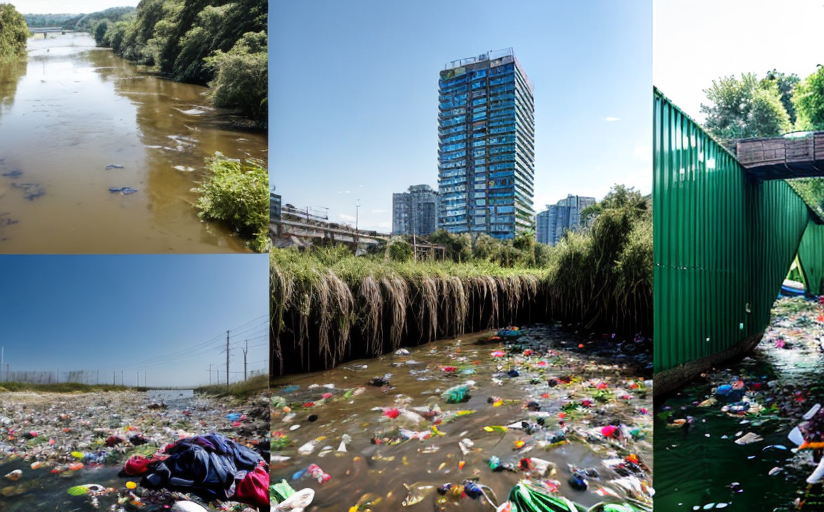Unraveling the Impact of Fast Fashion on Environmental Sustainability
In the modern world characterized by consumerism and transient trends, the fast fashion industry has witnessed a tremendous surge in popularity. Fast fashion refers to cheaply produced and priced garments that mirror current high-fashion trends.
Understanding the Fast Fashion Model
The business model of fast fashion is built on high volume and turnover rates. It involves imitating high-end fashion trends, mass-producing them at low costs, and delivering them quickly to stores. Brands like H&M, Zara, and Forever 21 have made a considerable name in this segment, being able to replicate catwalk styles in a matter of weeks.
The Environmental Impact
With fast fashion-related purchases doubling in the recent decade, the harmful environmental consequences of this trend can no longer be ignored. The industry emits around 1.2 billion tons of CO2 equivalent per year, more than the aviation and shipping industry combined. It stands as the second-largest consumer of the world’s water supply and generates 20% of global wastewater.
Social Implications
Besides the environmental impact, fast fashion also has severe social implications. Poor working conditions, low wages, child labor, and exploitation are commonly associated with this industry. Furthermore, the harmful chemicals used in production may result in severe health issues.
Calling for Change
The unsustainable nature of fast fashion calls for a significant shift in the industry and consumer behavior. Sustainable fashion, with its emphasis on ethical manufacturing processes and quality materials, seems a worthy alternative. Encouraging regulations pushing for transparency and fair practices can change the course of the industry. Technological advancements may also aid in producing sustainable clothing.
Conclusion
Fast fashion's high environmental and social costs call for urgent action. By educating consumers and enforcing regulations, we can move towards a more sustainable fashion industry.
Being responsible consumers, increasing awareness and supporting sustainable brands can lead the way to a better future. It is about time we realize that the true cost of a cheap clothing item goes beyond the price tag.


















Comments
Leave a Comment